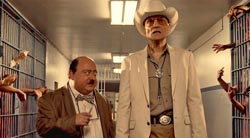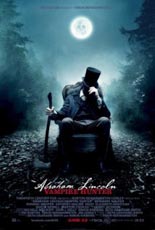
 Four score and seven years ago — or was it 2012? — two studio pictures, each budgeted around $65 million, portrayed our nation’s 16th president as a larger-than-life, all-American hero. Whereas Steven Spielberg’s Lincoln could boast of taking home two Academy Awards, only Timur Bekmambetov’s Abraham Lincoln: Vampire Hunter portrayed him as an ax-twirling ass-kicker.
Four score and seven years ago — or was it 2012? — two studio pictures, each budgeted around $65 million, portrayed our nation’s 16th president as a larger-than-life, all-American hero. Whereas Steven Spielberg’s Lincoln could boast of taking home two Academy Awards, only Timur Bekmambetov’s Abraham Lincoln: Vampire Hunter portrayed him as an ax-twirling ass-kicker.
Let’s see you do that, Daniel Day-Lewis! If he had, it wouldn’t make the movie any better; sitting through this Lincoln log is like a night at Ford’s Theatre in Washington, D.C., and you’ve got an upper-right box seat. (Too soon?)
By day, a pre-politics Lincoln (Benjamin Walker, Kinsey) works as a shopkeeper, attempting to woo regular customer Mary Todd (Final Destination 3’s Mary Elizabeth Winstead, here looking like a porcelain doll and/or a Campbell’s Soup Kid). And largely by night, he is devoted to killing the monsters who deprived him of a mother since childhood.
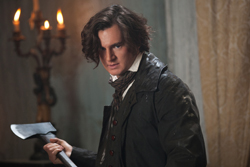 Despite the apparent novelty of putting the red stuff in the White House, Abraham Lincoln: Vampire Hunter suffers from being just another watered-down vampire movie. Seeing the bloodsuckers fling live horses at those who wish to stake them is new. Then again, so is stopping the movie cold for a rousing speech by abolitionist Harriet Tubman (Jaqueline Fleming, Contraband), as if to lend PC integrity to soulless fantasy. Our leading man is as wooden as the trees Lincoln chops; on the other hand, Winstead acts her heart out, as if no one told her the project was junk.
Despite the apparent novelty of putting the red stuff in the White House, Abraham Lincoln: Vampire Hunter suffers from being just another watered-down vampire movie. Seeing the bloodsuckers fling live horses at those who wish to stake them is new. Then again, so is stopping the movie cold for a rousing speech by abolitionist Harriet Tubman (Jaqueline Fleming, Contraband), as if to lend PC integrity to soulless fantasy. Our leading man is as wooden as the trees Lincoln chops; on the other hand, Winstead acts her heart out, as if no one told her the project was junk.
As with Wanted, Bekmambetov nurtures a directorial flair that is not just style over substance, but style smothering it. Tim Burton producing only encourages the Russian filmmaker’s worst sensibilities, and your reaction to this flick is tied directly to your tolerance for his affinity to take an action move from regular speed to slow motion and then back to regular speed again, all within the same edit. The mashup of horror and history is a joke that should have ended with screenwriter Seth Grahame-Smith’s 2010 novel, and that long-in-the-tooth best seller should have been a short story.
But other than that, Mrs. Lincoln … —Rod Lott

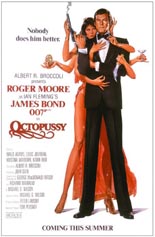
 What I remember most about seeing
What I remember most about seeing 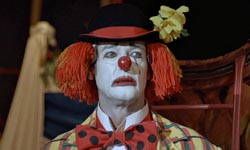
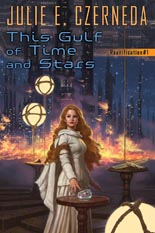
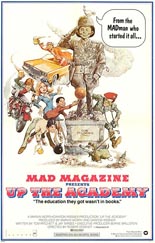
 After the unprecedented success of National Lampoon’s Animal House, it seemed only natural that the nation’s other most influential comedy magazine of the period would get into the movie game as well.
After the unprecedented success of National Lampoon’s Animal House, it seemed only natural that the nation’s other most influential comedy magazine of the period would get into the movie game as well. 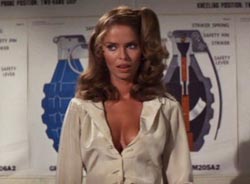
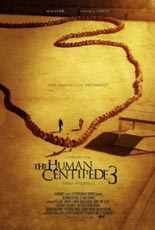
 From the start of his highly peculiar and “100% medically accurate” franchise, writer/director/producer Tom Six promised that
From the start of his highly peculiar and “100% medically accurate” franchise, writer/director/producer Tom Six promised that 